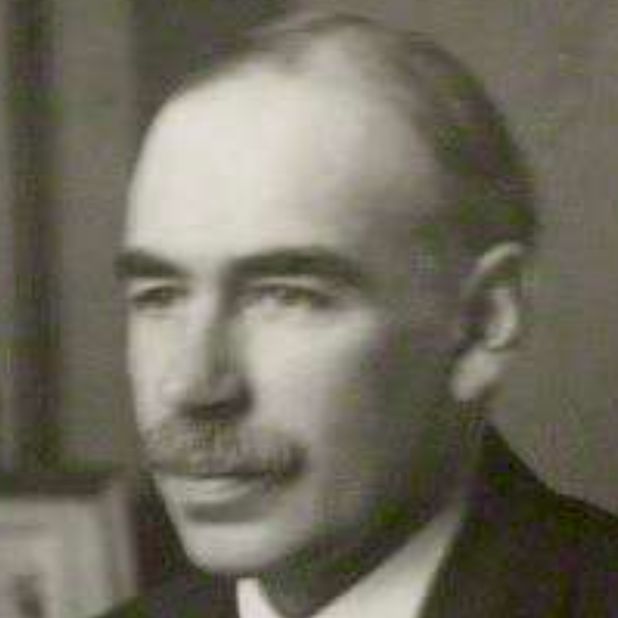263 reads
A Tract on Monetary Reform: Chapter IV - III. The Restoration of a Gold Standard
by
June 22nd, 2022
Audio Presented by

Creator of Keynesian. English economist whose ideas fundamentally changed the theory and practice of macroeconomics
About Author
Creator of Keynesian. English economist whose ideas fundamentally changed the theory and practice of macroeconomics